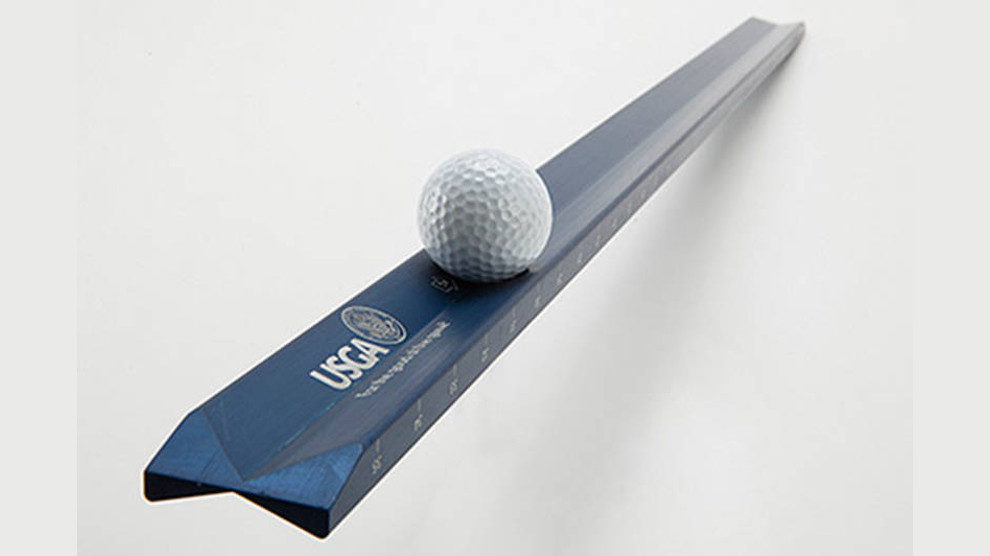If you've ever watched golf on TV, then you've probably heard someone discuss how quickly the greens are rolling or the green speeds. You might be wondering what they're talking about or how green speeds are measured in golf.
What are green speeds in golf?
Green speeds in golf are a measure of how quickly a golf ball will roll on a putting surface on a golf course. In major championship golf, host courses typically play with faster green speeds than standard professional tournaments (though that's not always true). The green speeds in events on major professional tours are typically substantially faster than what a golfer would experience at the average public course and even as private clubs.
There are a variety of factors that determine green speeds, including:
- Grass length: Typically, the shorter the grass on the green, the faster the ball will roll on it because there is less friction between the grass and the ball
- Grass health: If grass is deprived of water, it will be temporarily less healthy, meaning it won't offer as much resistance to a golf ball rolling on it
- Green firmness: If the putting surface (the ground) underneath the grass is particularly firm compared to a softer ground, the greens are likely to roll quicker
Ultimately, though, how can we express green speeds in golf? That's where a Stimpmeter comes in.
How does a Stimpmeter measure green speeds?
Particularly during major championships, you might hear a commentator or see a graphic mention the word Stimpmeter in conjunction with green speeds. Usually it's something like, "The greens are running an 11 on the Stimpmeter today."
That sounds great, but if you're not a regular competitive golfer, then you probably don't know what that means, what a Stimpmeter is or how a Stimpmeter measures green speeds.
The Stimpmeter is the way golf tournament directors and grounds keepers measure green speed. It might sound like a Stimpmeter is a really fancy piece of equipment. It's not. Effectively, a Stimpmeter is a beveled yardstick on which a golf ball can be placed and then rolled down it.
To be a little more precise, the modern Stimpmeter is a 36-inch aluminum bar that is 1.75 inches wide and has a 145-degree, V-shaped groove running the entire length of the bar. The V-groove supports the rolling ball at two points a half-inch apart.
A Stimpmeter is used by placing a ball on a notch at a 90-degree angle to the bar, located 30 inches from the bottom end, where the ball releases through a tapered opening designed to allow the ball to roll smoothly on the putting surface. As the bar is raised and the angle increases to approximately 22 degrees, gravity naturally takes the ball down the Stimpmeter at a speed of 6 feet per second.
The Stimpmeter rating is an average of how far the golf ball travels on a putting surface in total feet. There are six distances measured, broken up into two opposite directions, on a flat surface. The balls must finish within 8 inches of each other, in either direction, for the test to count.
Edward Stimpson invented the Stimpmeter in 1935. Not only was it designed to measure green speeds, but it was designed so golf courses could ensure consistent green speeds throughout a course. Stimpson realized golfers were struggling on greens considered too fast for the time, and he wanted to make sure golfers could have reliable speeds on the greens.
USGA technical director Frank Thomas introduced the organization's version of the Stimpmeter in 1978. The USGA released another version in 2013, based on work by senior USGA researcher Steven Quintavalla. The modern Stimpmeter accounts for increasing green speeds because there aren't many flat portions of championship greens that are 12-15 feet in length. The current model has the ability to perform a shorter roll-out test to still reliably get green speeds.

